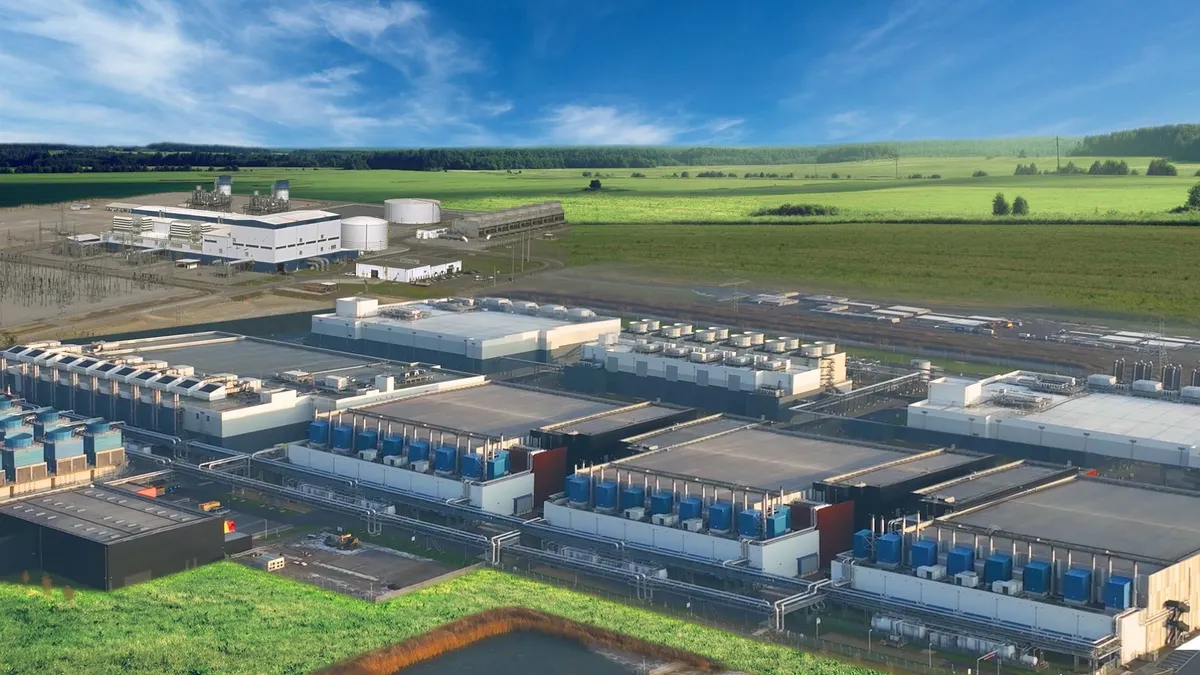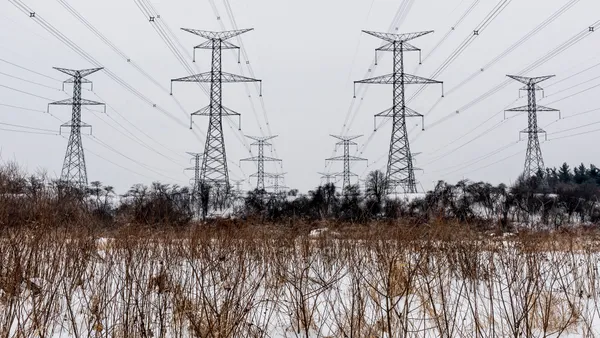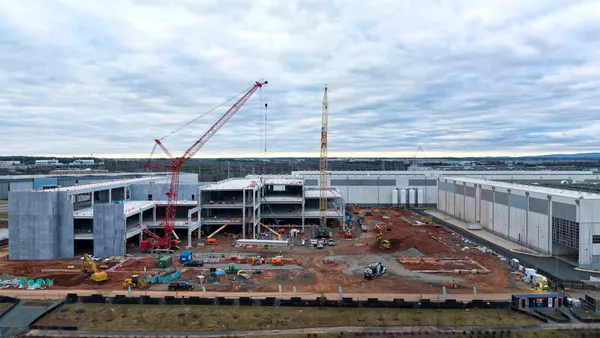The utility sector is undergoing a significant digital transformation, aiming to enhance efficiency, accuracy, and responsiveness across numerous services. This journey begins with the modernization of metering systems and extends to the comprehensive integration of advanced technologies throughout utility infrastructures.
Advancements in Metering Systems
Traditionally, utilities relied on manual methods to record energy consumption, a process prone to errors and delays. The shift towards digitalization has introduced smart metering systems that automatically collect and transmit data using technologies such as RF Mesh, PLC (Power Line Communication), and cellular networks, eliminating the need for manual readings. This advancement not only improves billing accuracy but also provides consumers with real-time insights into their energy usage, promoting more informed consumption habits. Additionally, these systems require a powerful control infrastructure capable of processing large volumes of data, ensuring reliable communication between meters and central management systems to optimize energy distribution and forecasting.
Utility-Specific Solutions
Beyond metering, utilities are embracing digital solutions to interconnect various components of their operations. One of the most innovative sectors is energy, where the emergence of new paradigms with grids and microgrids, as well as multiple sources of power, requires a reliable interconnection between all elements of the system—from generators to transport and power substations. In all these components, systems are transitioning from proprietary and legacy connections to more robust and scalable TCP/IP systems.
To support this transition, advanced communication technologies such as fiber optics, wireless mesh networks, and 5G connectivity are being implemented to ensure seamless data transmission and real-time monitoring. Within these systems, there is a need for specific network devices that can be installed in electric cabinets on DIN rails and support the strict requirements of this critical sector. Tailored networking solutions ensure compliance with industry regulations and enhance operational reliability.
Cross-Utility Solutions
Each utility sector presents unique challenges. In power substations, there are high electromagnetic emissions; in a water treatment system, there is high humidity and a corrosive atmosphere; while in gas extraction and transformation, equipment must operate in explosion-risk environments. However, there are also horizontal applications, such as physical security systems, that span multiple utility types. These systems are crucial for monitoring production plants, transportation hubs, transformation centers, water purification facilities, and renewable energy sites like solar and wind farms.
Industrial Ethernet Devices
The backbone of these digital transformations is the deployment of industrial Ethernet devices. Designed for DIN rail mounting within control cabinets, these devices must adhere to stringent certifications to ensure reliability and safety. For instance, in power substations, networking equipment is required to comply with standards such as IEC 61850-3 and IEEE 1613, which define environmental and performance criteria for devices operating in high-voltage environments. A notable example of such compliant equipment is the Allied Telesis AT-IE360 series. These devices are engineered to meet the rigorous demands of power substation environments, ensuring robust and reliable network performance.
Long-Distance Interconnection
Migrating systems to TCP/IP enables seamless interconnection of multiple infrastructures, whether within a specific area—such as a solar plant—or across a broader geographical region, such as communication between power generators and control centers. For long-distance connectivity, 5G technology serves as an optimal solution, providing flexibility and high-speed data transmission. In more localized settings, fiber-based interconnections remain the preferred choice due to their reliability and low latency. Networking equipment featuring 5G capabilities or optical interfaces, alongside Fiber Media Converters, ensures adaptability to various networking needs, supporting the increasing demands of modern utility infrastructures.
Physical Security Applications
In broader applications like physical security, industrial Ethernet devices are essential for integrating surveillance and monitoring systems across various utility infrastructures. While these devices are required to be generic industrial Ethernet switches without market-specific certifications, there are situations where some certifications are still required.
A physical security monitoring the perimeter of a solar farm requires an industrial Ethernet device mounted in electric cabinet with fiber connection to reach any location of the long perimeter, but to implement it there is no need for a specific certification. On the other hand, the same physical security system inside a power substation necessitates compliance with standards like IEC 61850-3 and IEEE 1613.
Conclusion
The digital transformation within the utility sector is a multifaceted endeavor, encompassing advancements from automated metering to the integration of complex networking systems. By adopting tailored solutions and adhering to industry standards, utilities can achieve enhanced operational efficiency, improved safety, and greater customer satisfaction.










